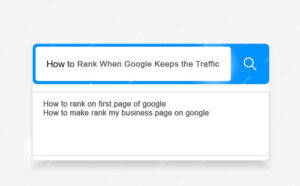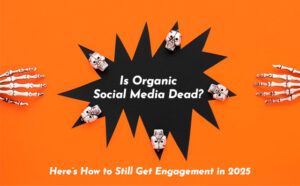In the world of marketing, capturing the hearts and minds of your audience is an ever-present challenge. However, during the festive season, this task becomes even more critical and rewarding. Festive marketing is not just about promoting products or services; it’s about creating an emotional connection with your audience. And one of the most powerful tools in your festive marketing arsenal is the art of storytelling.
Why Storytelling Matters in Festive Marketing
Before delving into the strategies of effective festive storytelling, it’s essential to understand why storytelling matters in the context of festive marketing.
- Emotional Resonance: Festive seasons are emotional times. People are driven by a desire to connect, share, and celebrate. Storytelling allows your brand to tap into these emotions, creating a deeper connection with your audience.
- Memorability: We’re wired to remember stories better than we remember facts or figures. When you tell a compelling story, your brand and message become more memorable.
- Differentiation: In a crowded market, storytelling sets your brand apart. It allows you to define your unique identity and showcase what makes your brand special.
- Engagement: Stories are more engaging than direct sales pitches. They draw your audience in, making them more likely to interact with your content.
You would like to read: How Has Social Media Marketing Evolved In The Past Year?
The Elements of Effective Festive Storytelling
Now that we understand the importance of storytelling in festive marketing, let’s explore the key elements of effective festive storytelling:
- Know Your Audience: Effective storytelling begins with understanding your audience. What are their pain points, desires, and aspirations during the festive season? Tailor your story to resonate with these emotions.
- Start with a Hook: Begin your story with a hook – a compelling and attention-grabbing opening. Whether it’s a thought-provoking question or an emotional anecdote, the hook sets the stage for your narrative.
- Craft a Compelling Narrative: Your festive story should have a beginning, middle, and end. Create a clear and relatable narrative that draws your audience in. For example, you might start with the challenges people face during the holidays, move to how your product or service can solve those problems, and conclude with the joy and satisfaction your solution brings.
- Emotionally Resonant Characters: Whether it’s your brand or the people who have benefitted from it, create characters that your audience can connect with emotionally. Share their stories, struggles, and successes.
- Visual Storytelling: Use visuals to enhance your storytelling. Incorporate festive-themed images, videos, and graphics to make your story more engaging.
- Consistency: Ensure that your festive story aligns with your brand’s overall narrative and values. Consistency helps build trust with your audience.
- Conflict and Resolution: Every good story has a conflict that needs resolution. Highlight the challenges your audience faces during the festive season and how your brand can help resolve them.
- Call to Action: Don’t forget to include a clear call to action at the end of your festive story. Whether it’s inviting your audience to explore your products, share their own stories, or participate in a holiday campaign, make the next steps clear.
Examples of Successful Festive Storytelling
To illustrate the power of festive storytelling, let’s look at a few examples:
- Coca-Cola’s Polar Bears: Coca-Cola’s iconic polar bear ads have become synonymous with the holiday season. Through heartwarming and often humorous short films, they’ve created a festive narrative that’s as anticipated as Santa’s arrival.
- John Lewis’s Christmas Campaigns: UK retailer John Lewis is known for its emotionally charged festive ads. Year after year, they tell touching stories that resonate with the audience and generate significant buzz.
- Apple’s “Misunderstood”: In one of Apple’s holiday ads, a teenager is initially portrayed as disinterested in the family’s festivities as he’s glued to his iPhone. However, the twist at the end reveals that he was actually capturing the holiday moments on his phone, resulting in a heartwarming conclusion.
The Aftermath: Post-Festive Storytelling
The power of storytelling doesn’t fade with the end of the festive season. Post-festive storytelling is just as crucial, and it can serve several purposes:
- Reflect and Celebrate: Share stories that reflect on the festive season and celebrate the successes and memorable moments. Express gratitude for the support and participation of your audience.
- Transition to the New Year: Guide your audience smoothly into the new year. Use storytelling to set the tone for what’s to come and to share your plans, goals, and aspirations.
- Highlight Post-Festive Sales: If your brand offers post-festive sales, use storytelling to emphasize their value and benefits. Showcase how your products or services can continue to add value beyond the holiday season.
- Customer Stories: Encourage your customers to share their own festive stories related to your brand. These testimonials can be powerful forms of post-festive storytelling.
In conclusion, storytelling is a potent tool in the world of festive marketing. It allows brands to create emotional connections, engage with their audience, and stand out in a competitive market. By weaving compelling narratives that resonate with your audience’s desires and emotions, you can ensure that your brand remains at the heart of their festive celebrations and beyond. So, this holiday season, let your brand be the storyteller that spreads cheer and leaves a lasting impact.










